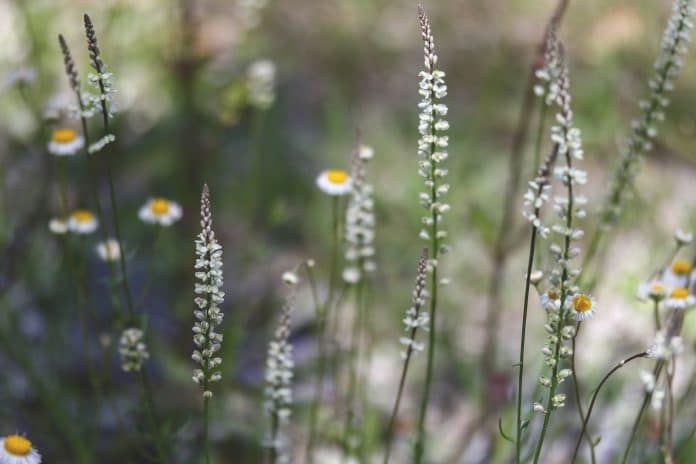We continue to bring you our articles throughout the month of April highlighting our area’s wildflowers. And in hopes, this will encourage you to learn more about Florida’s amazing wildflowers and how important these wildflowers are to Florida’s special pollinators.
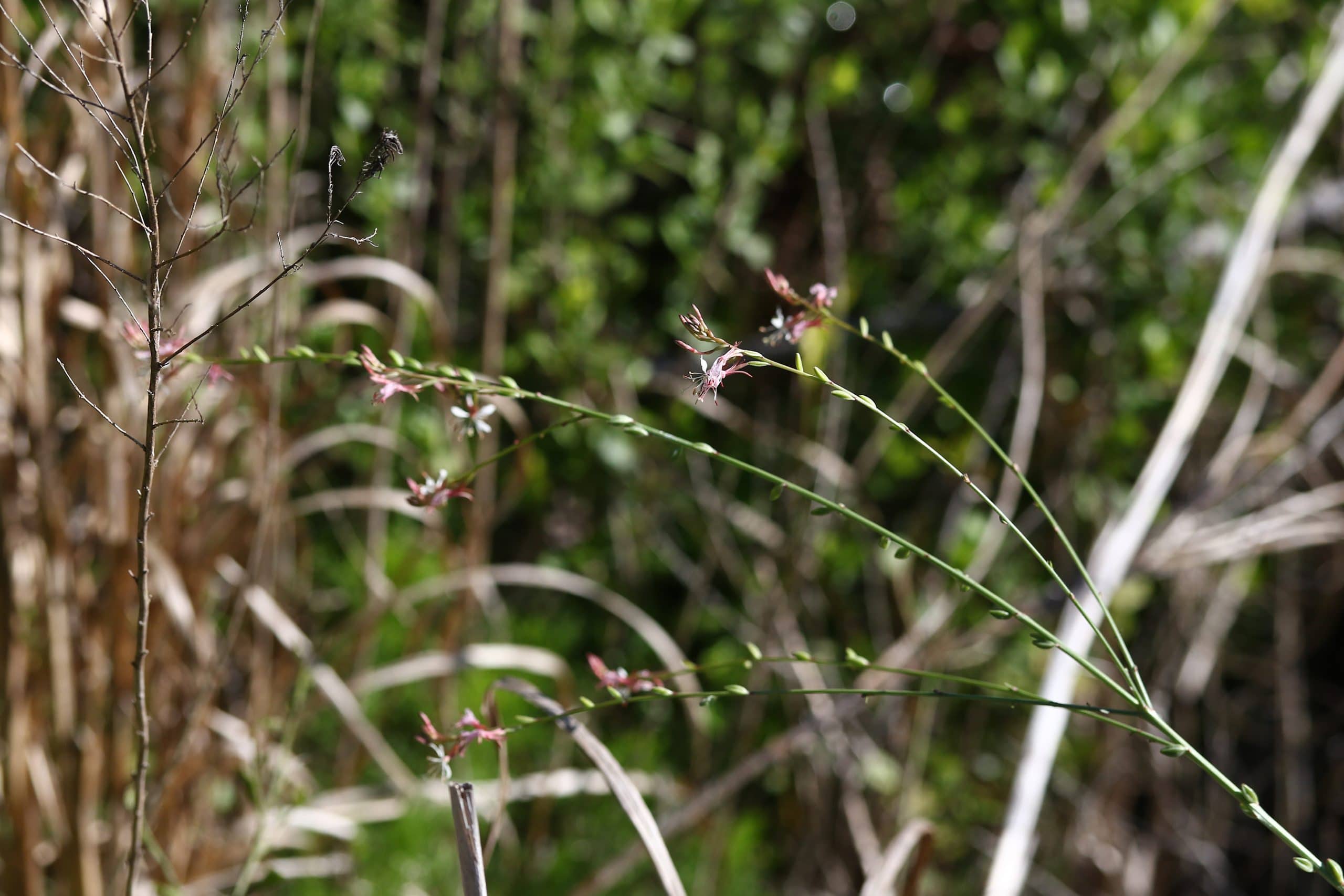
Southern Beeblossom is a late bloomer in several senses. For one, it gained its current Latin name only recently, as taxonomists used DNA to reclassify it. It was formerly known as Gaura Oenothera. It is also a literal late bloomer. A member of the Evening Primrose family, this annual beauty puts out white flowers in the evening. By the next day, the flowers transform into a pink color, and then they wither away quickly. Humans tend to pass these plants off as “weedy” since the stalks are not overly attractive to our eyes, and can get to be 3’ – 6’ tall. The dainty flowers, if one stops a moment to pay attention, are quite lovely. As its common name indicates, bees find these flowers impossible to resist. As do butterflies, moths, ants and other pollinators. This lovely wildflower can be found in almost all of Florida on roadsides, sandy areas, open woodlands, and dunes.
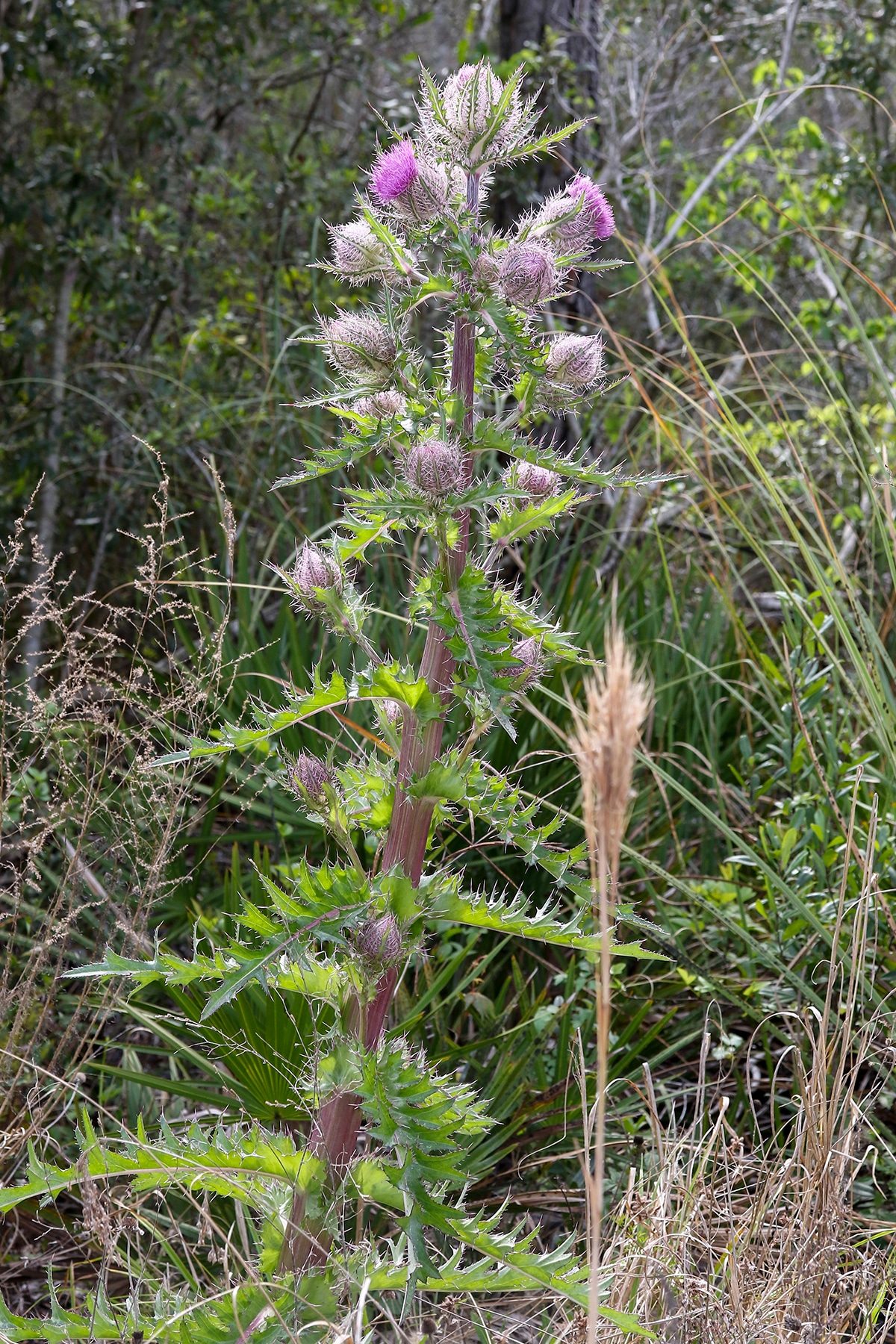
This is probably the toughest plant on the block! As its Latin name indicates, it has a bad reputation as being “horrible.” It gained that reputation from unfortunate folks who stepped on this bristly plant and from ranchers fighting this stubborn plant in pastures. In fact, there is a very old Scottish legend of how this particular plant saved one clan from the other. The attacking clan shouted so much after stepping on the thistles, that the enemy clan was alerted in time to launch a proper defense. It can be found growing on roadsides, marshes, and open sandy fields. Bristle Thistles, sometimes called Horrid Thistles, protect themselves from mammals, so pollinators such as butterflies, insects, and birds can enjoy the rich bounty they provide. I think that’s a fine reason to be a little prickly!
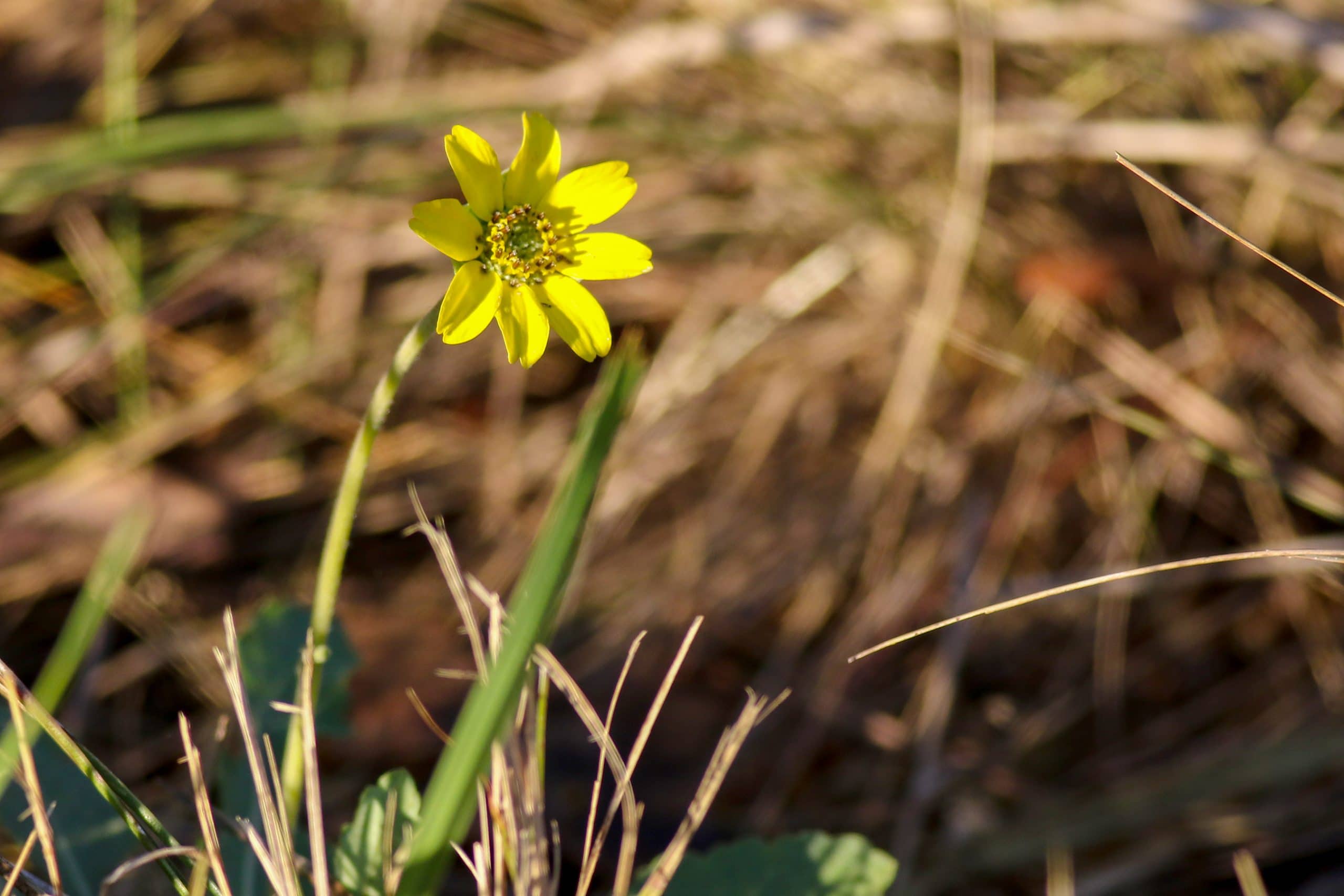
This lovely blooming member of the aster family is a true Florida original. Endemic to Florida, which means it only grows in Florida, it is a commonly seen wildflower along the road-sides and sandy, well-drained areas. It does, indeed, have bright green eyes with yellow seed heads in the middle of the pretty yellow flower. Butterflies and insect pollinators are fans of this perennial herb. They can be found growing most of the year in Central Florida.
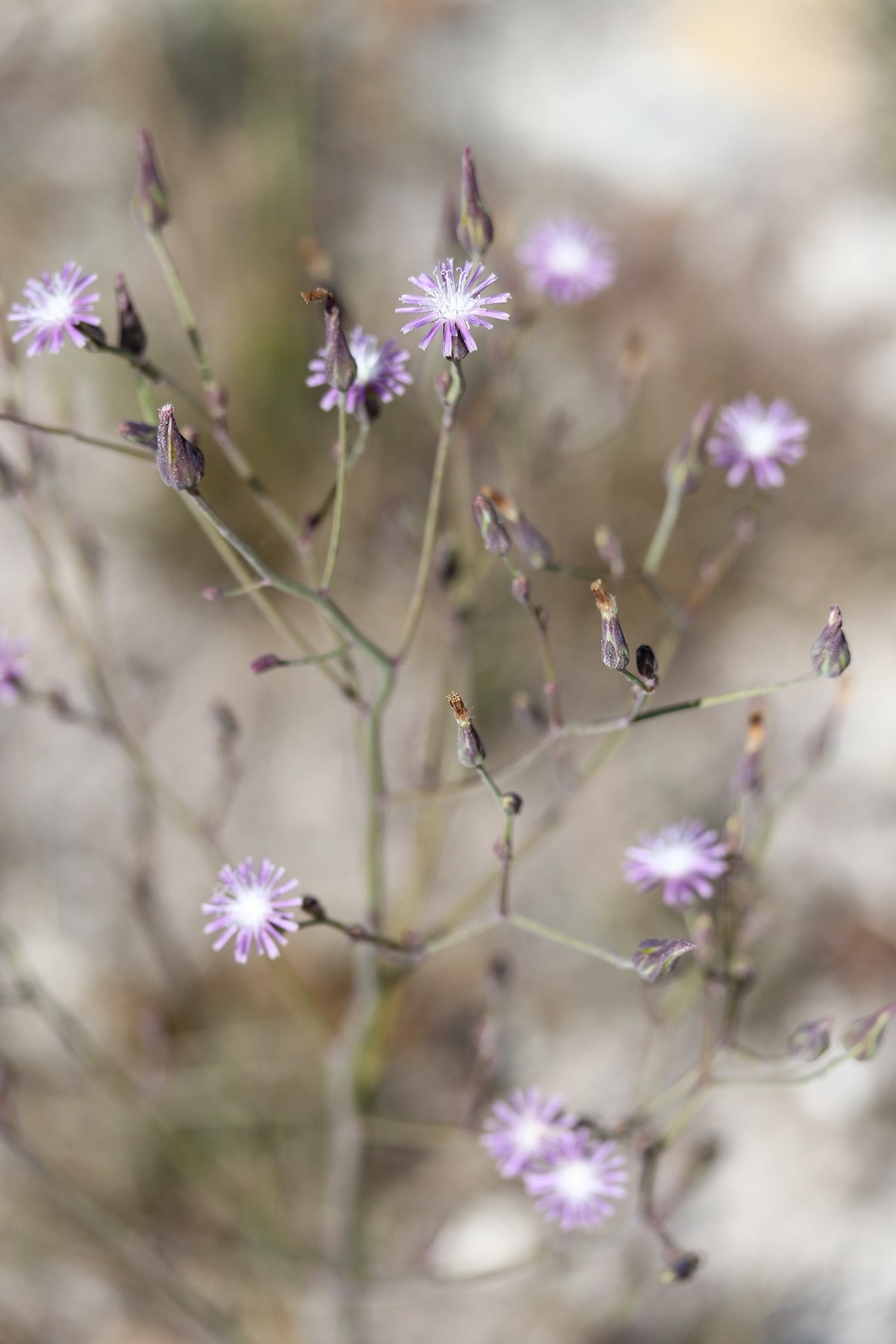
Grass-leaf Lettuce likes to keep a low profile. Not literally, as the flower can grow past 3 feet tall on its stalk, but there is not much information out there to help this P.I. (Plant Investigator.) Over the years, samples have been sent to the herbarium at the University of South Florida, and they have been found growing anywhere from moist roadside ditches to high and dry sandy locations.
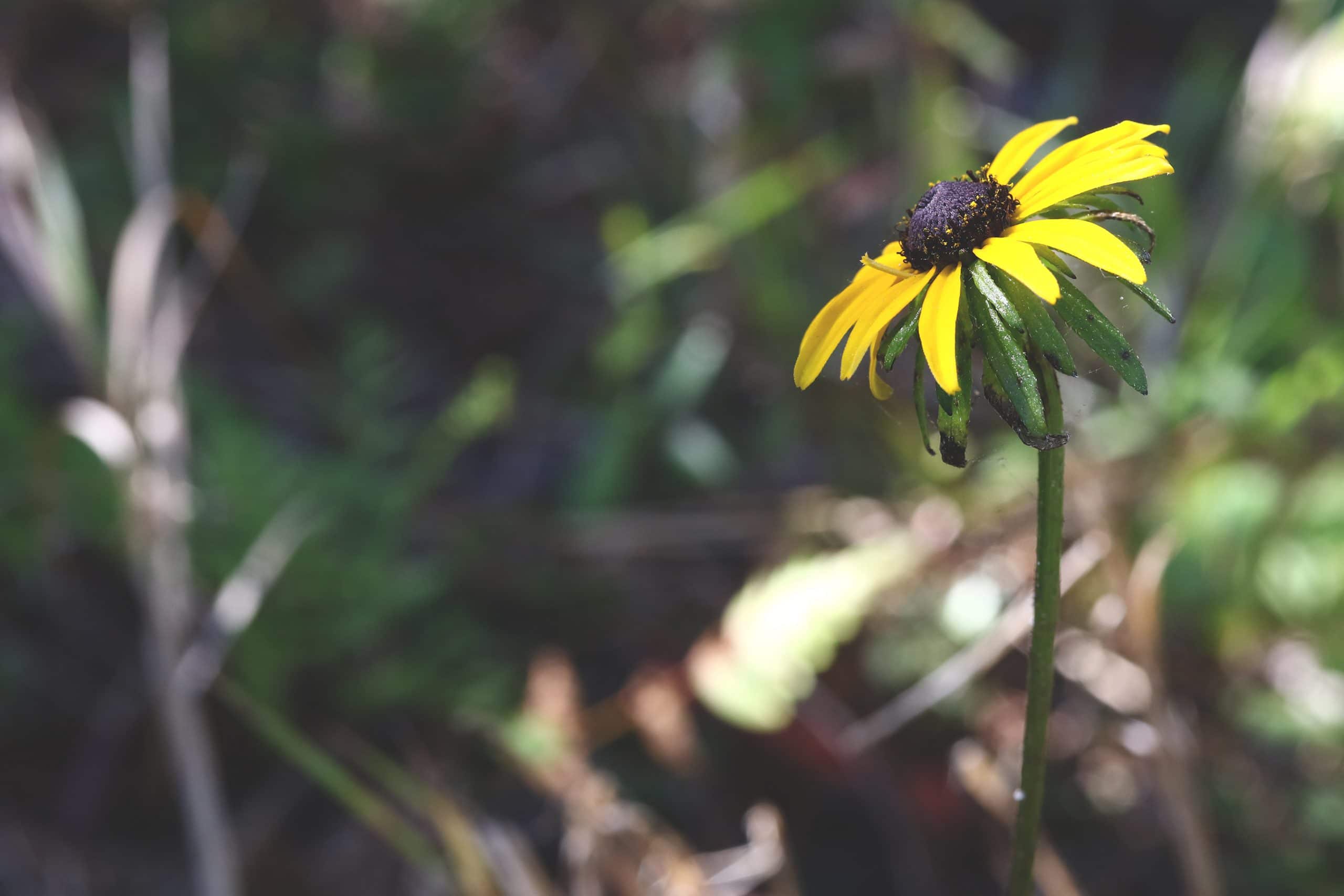
Black-eyed Susan is a popular girl. Well known, even among people who don’t pay much attention to plants, her beaming yellow face and black eyes make quite a statement. This annual, biennial or short-lived perennial can grow very well from seed, so it can make the transition from wild areas to a garden very nicely, but it does like wet areas. Allowing the flowers to go to seed will bring you another cluster the following season. Bees, butterflies, and insects love the nectar these flowers provide, and birds are fans of the seeds.
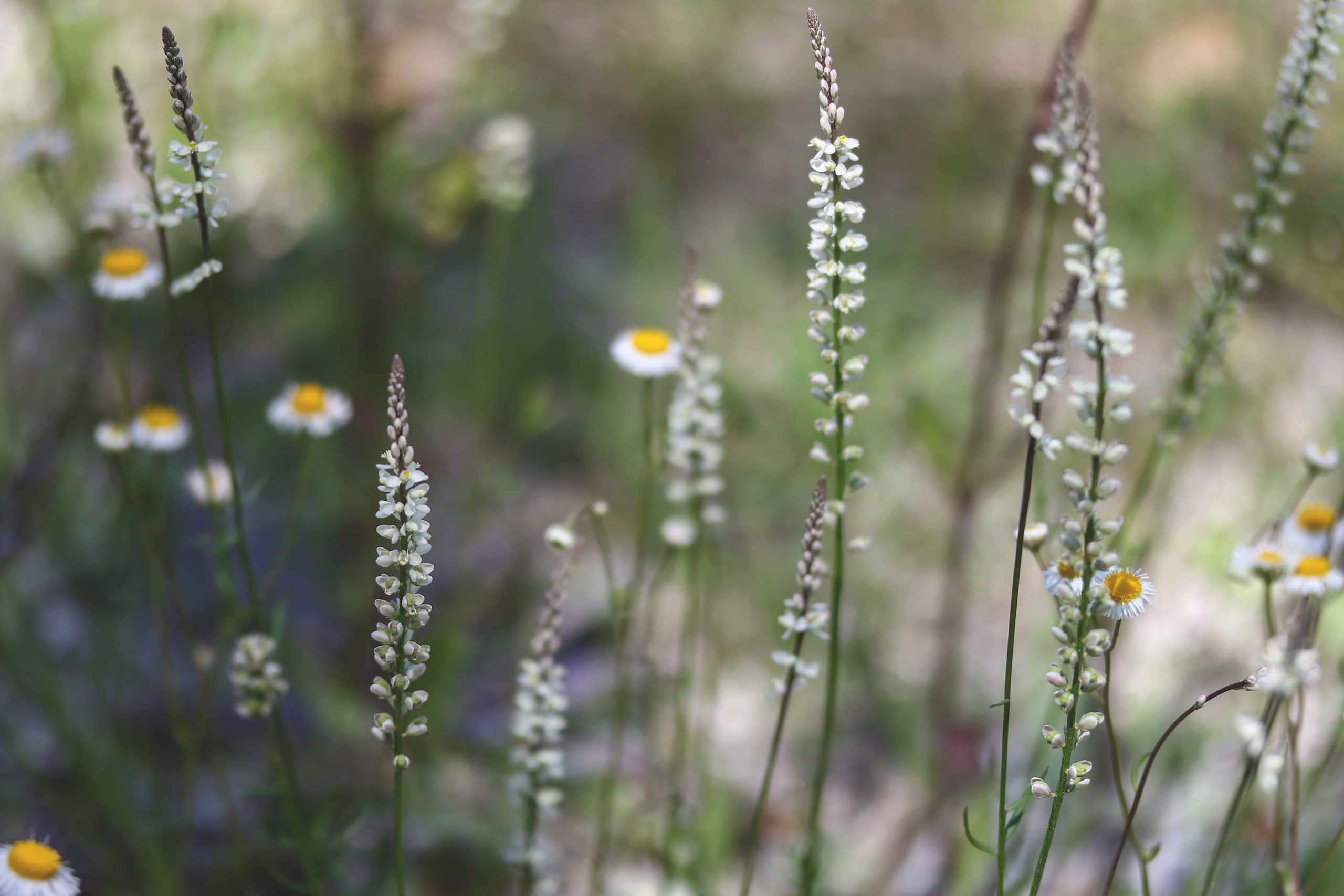
This week’s feature is the Boykins Milkwort (Polygala boykinii ). There are twenty-three native milkwort species in Florida. Strangely they are in the same family as the orange, yellow and candy milkwort which look very different from the Boykins Milkwort. Boykins is one of the few white milkworts in Florida. This pretty white flower grows about 1 foot tall at the flower stalk. These species have a milky-root like substance, hence the name Milkwort.

